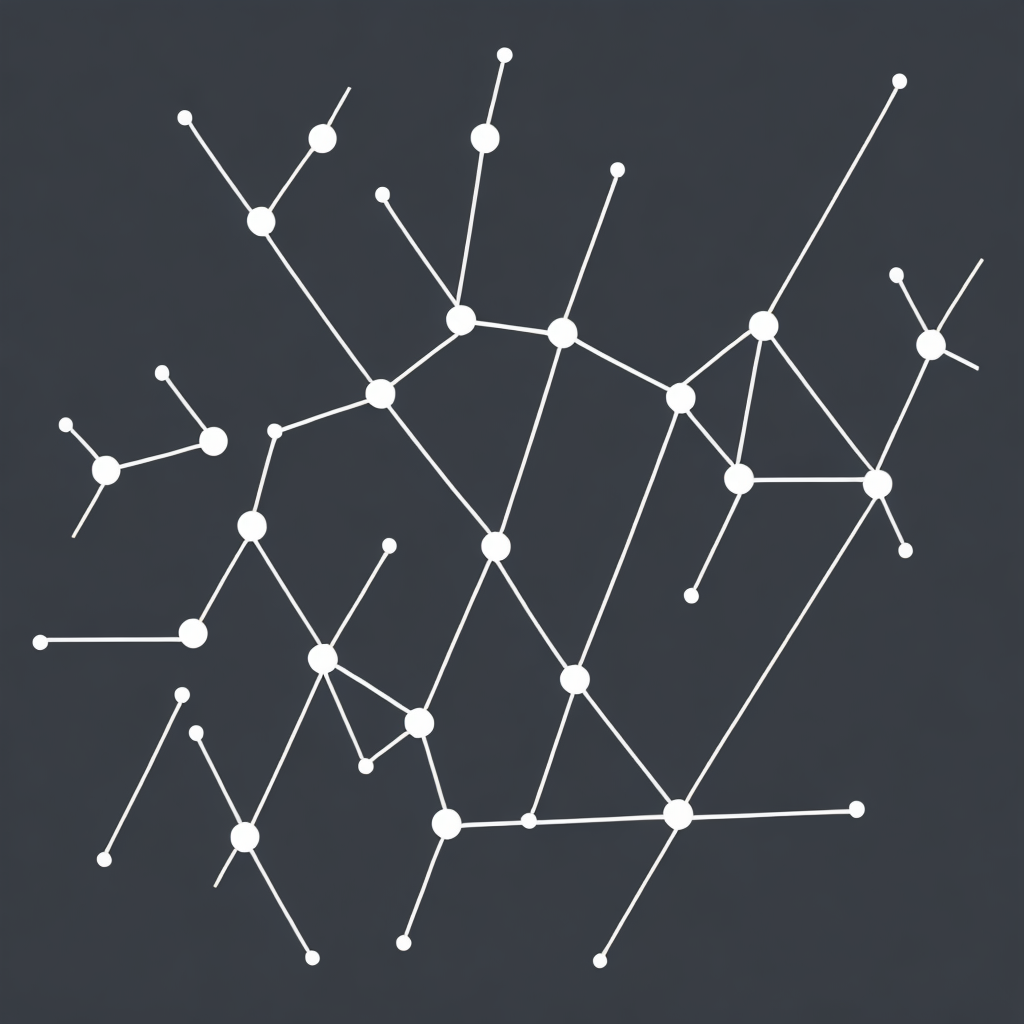In today’s data-driven world, managing and leveraging vast troves of information is as crucial as ever. Companies and organizations now deal with massive volumes of data from various sources – from customer interactions to market trends and more. This exponential rise in data necessitates an efficient and effective method to store, retrieve and utilize this information to drive informed decision-making.
Enter Knowledge Graphs – a powerful tool that can transform raw data into valuable knowledge, thereby aiding in strategic decision-making for businesses. Knowledge Graphs, essentially a network of linked data, can provide a comprehensive and nuanced understanding of complex data sets. They go beyond traditional data management systems by providing a semantic structure to the data, enabling users to query the data in a more human-like way, facilitating deeper, more insightful analysis.
**Harnessing Semantics for Enhanced Data Understanding**
Knowledge Graphs are structured using a set of nodes and edges. Nodes typically represent entities such as people, products, places, etc., and edges denote the relationships between these entities. For instance, in a product-focused business, nodes could represent products, companies, and customer segments, with edges expressing relationships like “product by”, “sold to”, or “compatible with”. This structure gives rise to a semantic web, where data is linked based on meaning rather than simply relying on metadata or data type. This semantic richness enables more sophisticated queries, allowing users to navigate the data as they understand the relationships within it.
**Efficient Data Management and Integration**
Knowledge Graphs excel at integrating and managing disparate data sets. They can seamlessly incorporate data from various sources, including internal databases, external APIs, and data from social media and external databases. This integration allows for a unified view of all data sources within a single, coherent framework, making it easier to discover patterns, trends, and relationships that might be obscured when data is siloed.
**Powering Robust Decision-Making**
With a rich, interconnected data landscape, businesses can harness deep insights to drive strategic decisions. For example, an e-commerce company can use a Knowledge Graph to understand customer behavior patterns, such as what products frequently get added to cart together, and where consumers come from geographically, to optimize their product offerings, personalization strategies, and marketing campaigns.
Healthcare organizations, on the other hand, can use Knowledge Graphs to analyze symptoms, drug interactions, patient outcomes, and healthcare trends, leading to better patient care recommendations or evidence-based interventions. Financial institutions can use this to identify patterns in transaction data, detect fraudulent activities, or predict market trends.
**Future Trends and Enhancements**
As technology advances, Knowledge Graphs will likely become more sophisticated and accessible, with more powerful algorithms for knowledge extraction and reasoning. The integration of artificial intelligence and machine learning will enable real-time updates and predictive analytics, further enhancing the effectiveness of data analysis. Moreover, advancements in natural language processing will aid in easier data discovery and visualization, making it accessible to a broader audience.
In conclusion, Knowledge Graphs represent a pivotal advancement in the realm of data management and decision-making. They offer a comprehensive, interconnected view of complex data sets, empowering organizations to transform insight into action. By harnessing their power, businesses can drive more informed, strategic decisions, leading to improved efficiency, innovation, and ultimately, success in an increasingly data-centric world.
